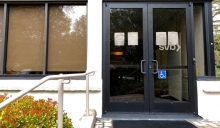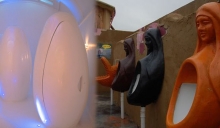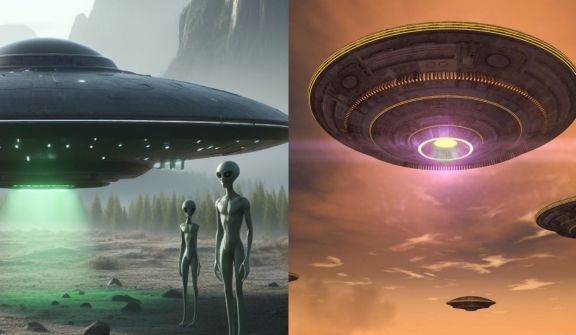
A new map revealing UFO hotspots and areas with the highest number of sightings in the United States has recently been released by scientists.
The University of Utah shared a map by geographers analyzing National UFO Research Center data, revealing hotspots in the US.
This map was shared by the University of Utah and was created by geographers who analyzed data from the National UFO Research Center, including approximately 98,000 sighting reports between 2001 and 2020.
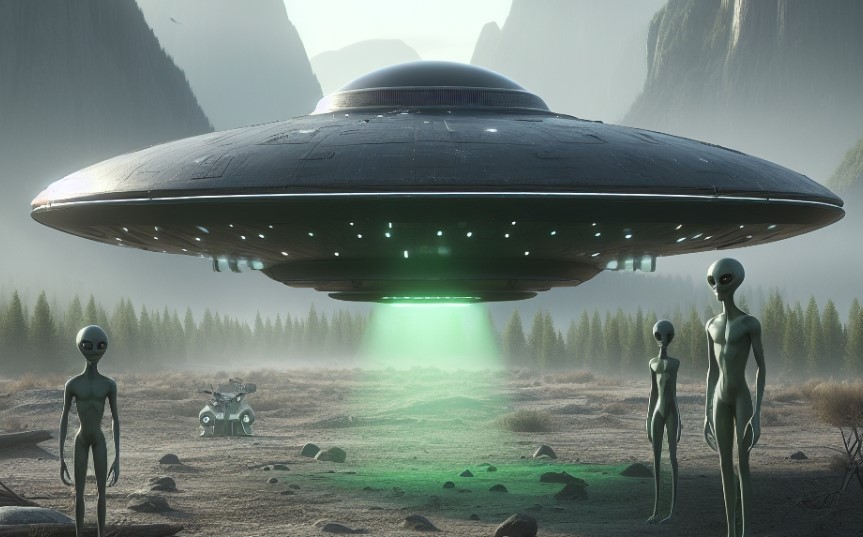
The researchers considered many factors for each county, including light, pollution, cloud cover, tree cover, the presence of planes or military aircraft in the sky, and the number of sightings per 10,000 people.
Based on these data, they identified both cold spots and hotspots, with a significantly higher number of sightings reported in the West and the very Northeast regions of the country.
According to scientists, the hotspots aligned with areas characterized by dark skies and vast open spaces, while the cold spots were found in the central plains and the Southeast.

Richard Medina, an associate professor of geography at the University of Utah and the lead author of the study, explained that the likelihood of witnessing unexplained phenomena in the sky is higher in places where there is a greater chance of sighting something.
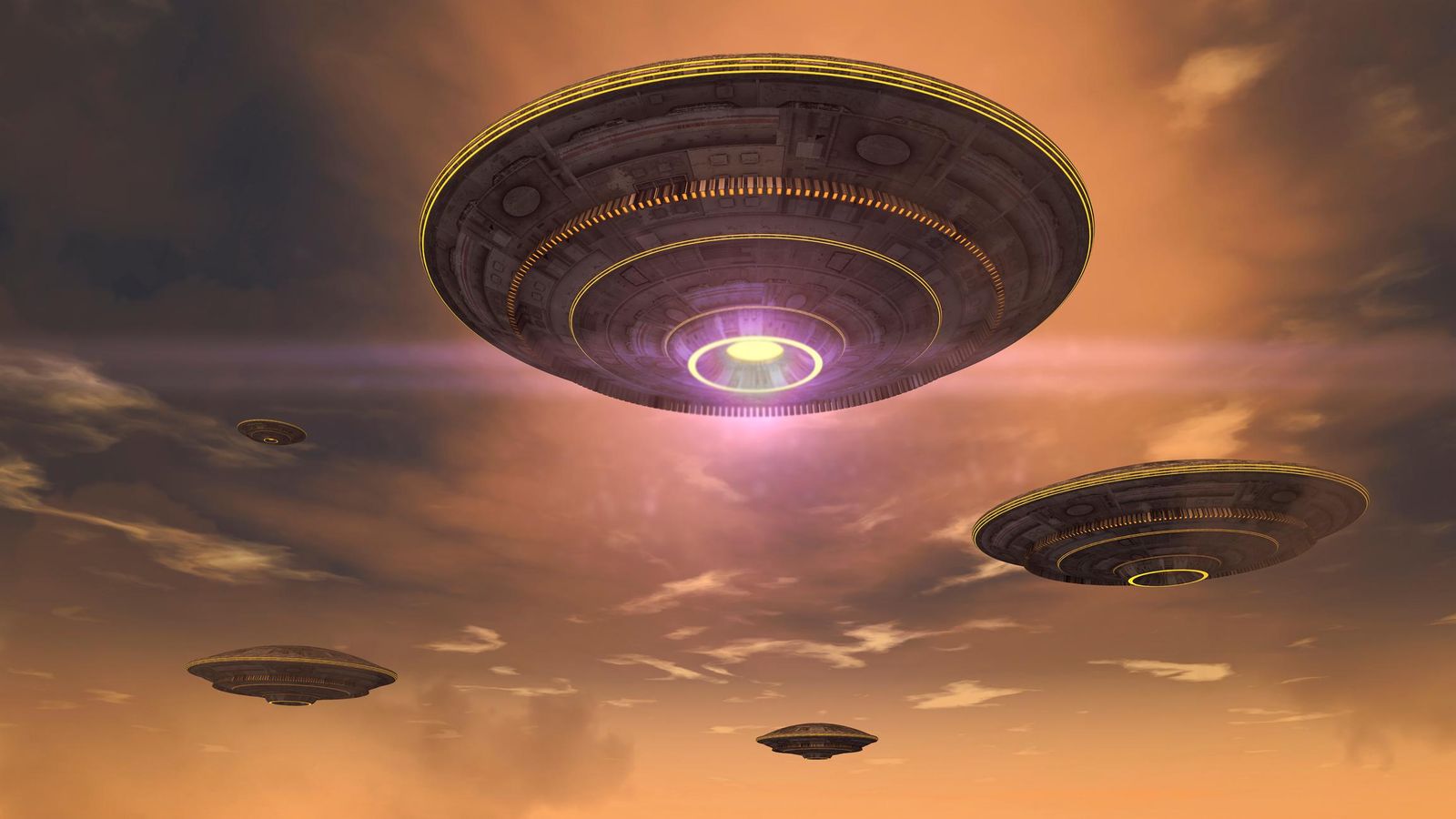
He also emphasized the importance of understanding these sightings, as uncertainties can pose potential threats to national security, given the increasing presence of technology in the sky.
However, the data used in the study comes from the National UFO Research Center, which relies on public self-reporting.
While there is a possibility of hoaxes or inaccurate reports, the researchers believe that the presence of a discernible pattern on the map suggests some validity to the data.
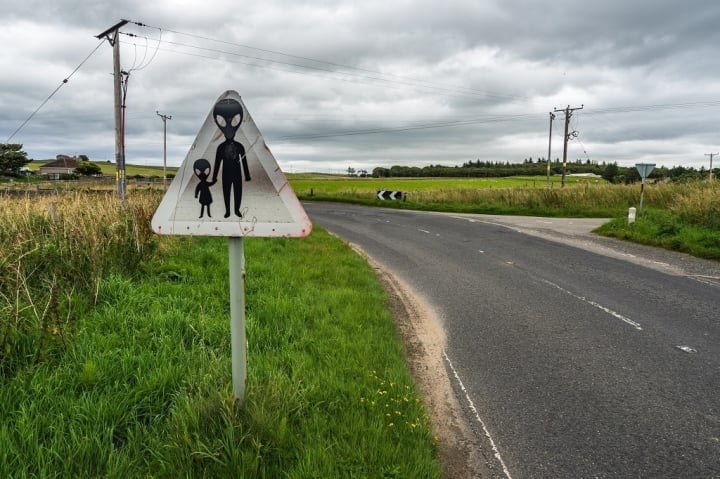
In addition to examining the spatial distribution of sightings, the research team aims to explore whether socio-cultural triggers, such as the release of popular shows like The X Files, can influence the number of reported sightings.
By gaining a better understanding of the contextual factors surrounding these sightings, they hope to provide a geographical context that can aid in resolving or understanding reports both from the public and military settings.
